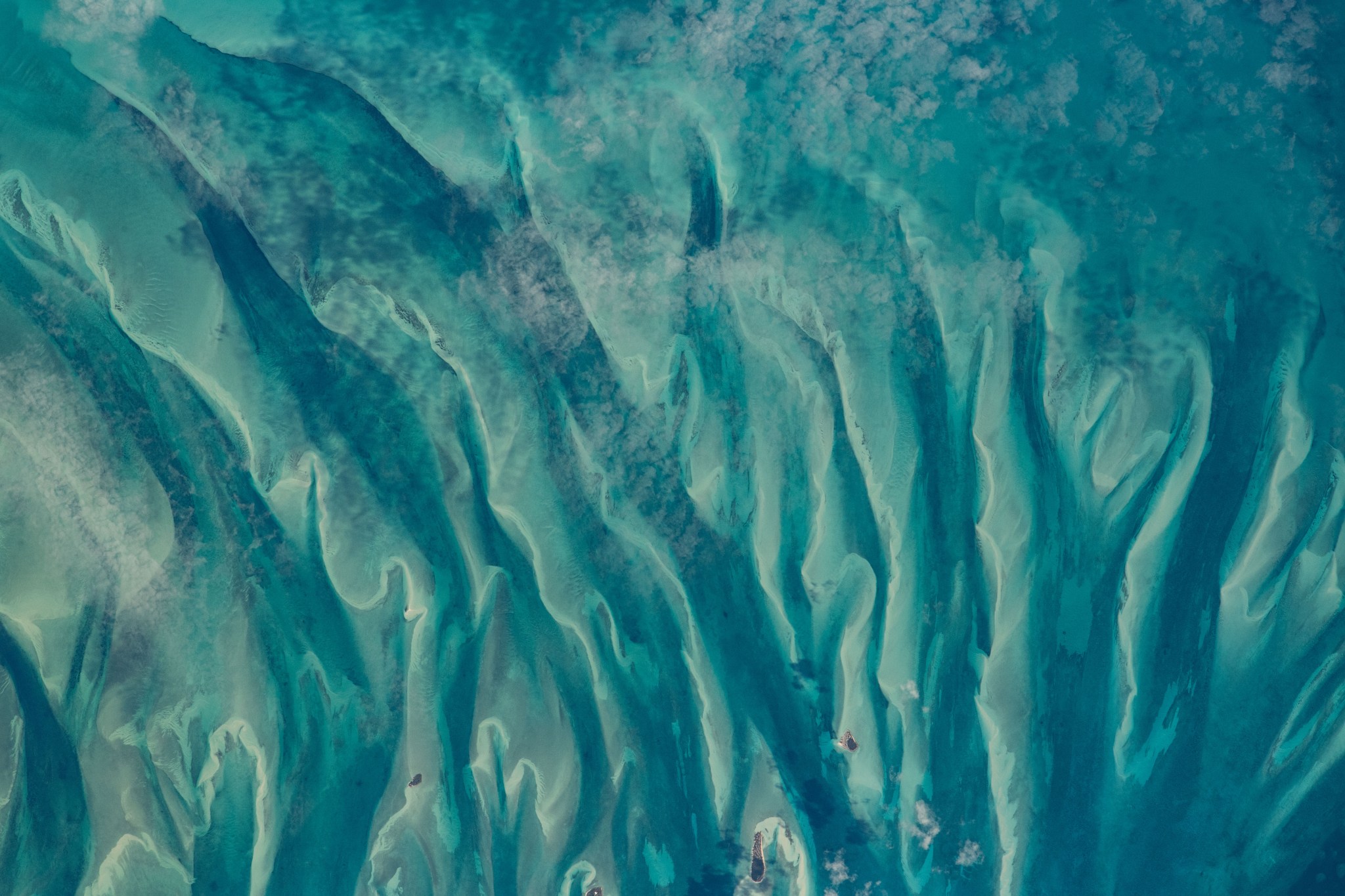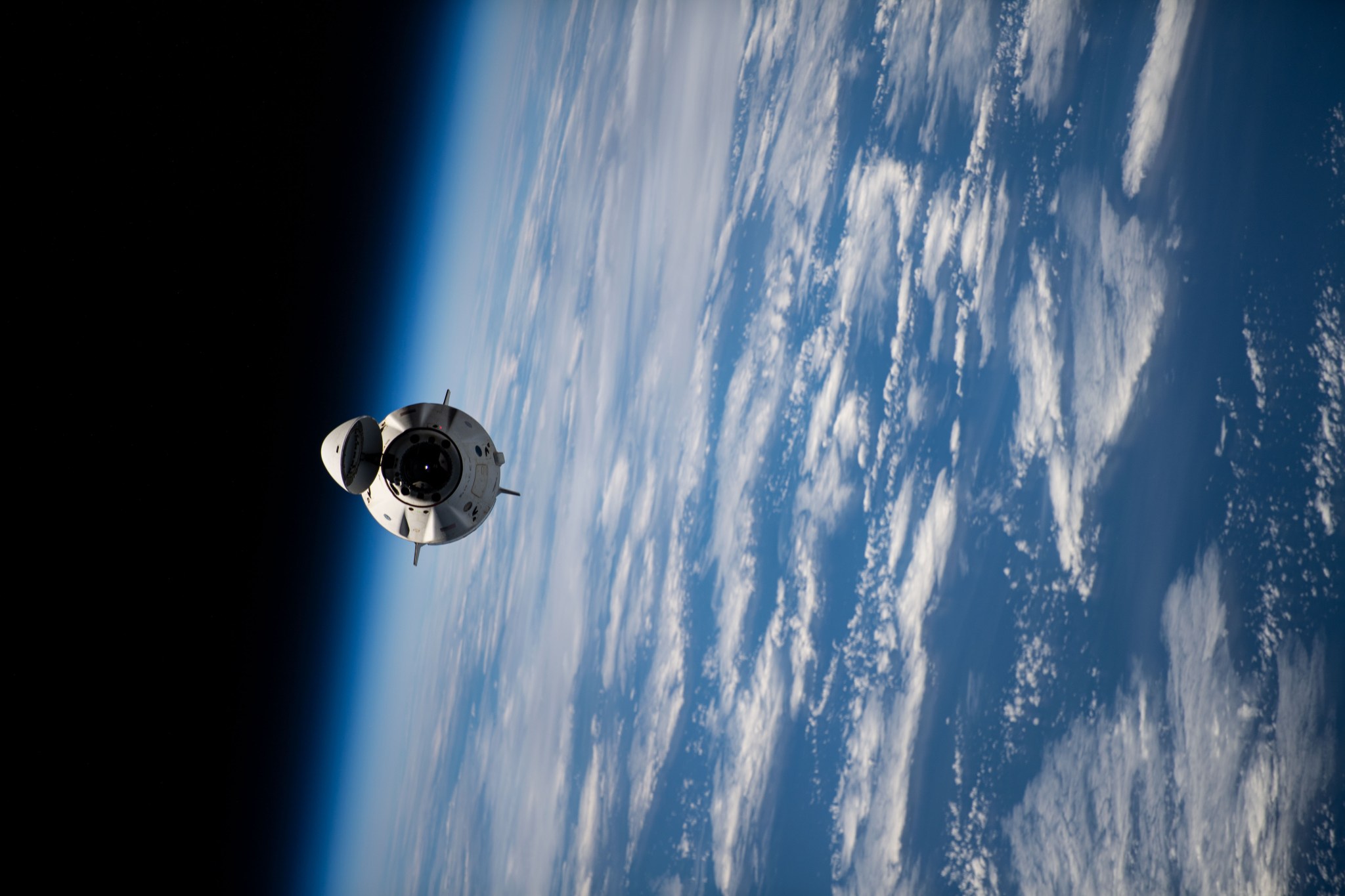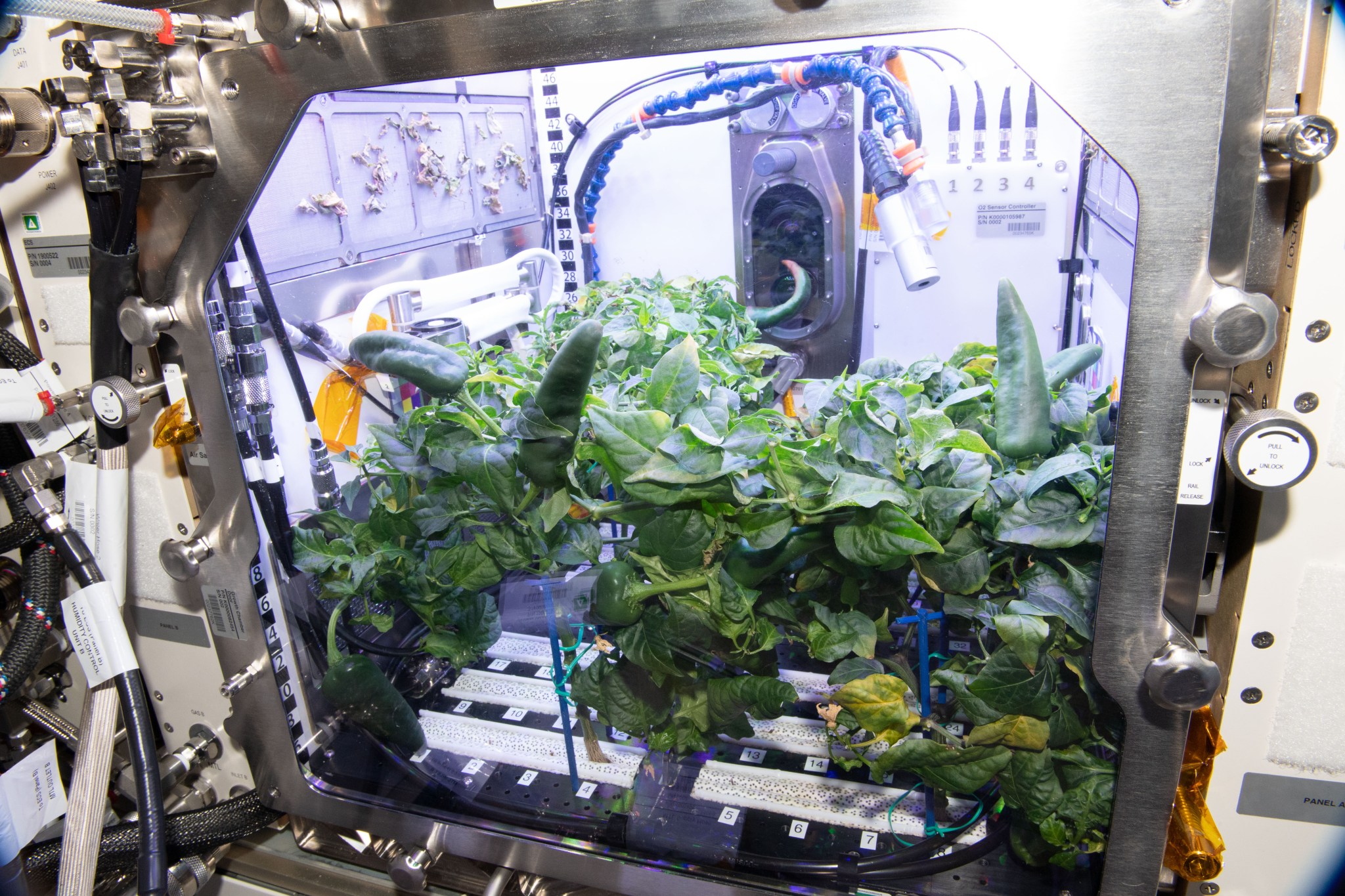
[Lea la versión en español de este artículo]
Crew members aboard the International Space Station conducted scientific investigations during the week of Nov. 8 that included testing new cooling technology for spacesuits, collecting crew health measures, and conducting a ham radio session with students on the ground.
Crew changeovers were the focus of much of the activity taking place aboard the orbiting lab this past week. NASA astronauts Shane Kimbrough and Megan McArthur, JAXA (Japan Aerospace Exploration Agency) astronaut Akihiko Hoshide, and ESA (European Space Agency) astronaut Thomas Pesquet returned to Earth on Monday after a mission of more than six months. The Crew-3 team, NASA astronauts Raja Chari, Tom Marshburn, and Kayla Barron and ESA (European Space Agency) astronaut Matthias Maurer, arrived aboard a SpaceX Crew Dragon on Thursday, Nov. 11. Along with them came a number of new science experiments.

The space station has been continuously inhabited by humans for 21 years, supporting many scientific breakthroughs. The orbiting lab provides a platform for long-duration research in microgravity and for learning to live and work in space, experience that supports Artemis, NASA’s program to go forward to the Moon and on to Mars.
Here are details on some of the microgravity investigations currently taking place:
Suiting up
SERFE investigates the effect of contamination and corrosion on a spacesuit thermal control system and examines how microgravity affects the system’s ability to regulate astronaut body temperature under various conditions, such as physical activity and changing temperatures. The technology, which uses water evaporation to remove heat, supports development of spacesuits for future exploration missions. During the week, crew members performed water sampling for the investigation.
Collecting core health measurements
Crew members donned the Actiwatch, a wearable monitor that collects data on circadian rhythms, sleep-wake patterns, and activity, for Standard Measures. The ongoing project ensures consistent capture of a set of health measures from crew members to characterize the adaptive responses to and risks of living in space. Researchers add these data to a repository that enables high-level monitoring of countermeasures and meaningful interpretation of health and performance outcomes, supporting future research on planetary missions.
Ask an astronaut
Crew members conducted an ISS HAM session with South Yarra Primary School, South Yarra, Victoria, Australia during the week. ISS Ham Radio engages students, teachers, parents, and other members of the community in direct communication between astronauts and ground-based ham radio units. Before a scheduled session, students learn about radio waves, amateur radio, and related science topics and conduct research to prepare their questions for the crew. This experience helps inspire interest in science, technology, engineering, and math.
Other investigations involving the crew:

- A recently published study analyzed data from NICER, an instrument on the exterior of the space station that takes high-precision measurements of neutron stars and other X-ray astrophysics phenomena. The analysis provides useful methods for determining characteristics of potential black holes.
- Plant Habitat-04 involves microbial analysis and crew assessment of flavor, texture, and nutrition of the first chile peppers grown in space.
- Food Acceptability looks at how the appeal of food changes during long-duration missions. Whether crew members like and actually eat food has a direct effect on caloric intake and associated nutritional benefits.
- Lumina is an ESA investigation demonstrating real-time monitoring of radiation dose received by crew members using a dosimeter with optical fibers that darken when exposed to radiation. Monitoring ionizing radiation is a key challenge for future space exploration and this dosimeter could help scientists anticipate radiation flares and guide reaction to them.
For daily updates, follow @ISS_Research, Space Station Research and Technology News, or our Facebook. Follow ISS National Lab for information on its sponsored investigations. For opportunities to see the space station pass over your town, check out Spot the Station.
John Love, ISS Research Planning Integration Scientist
Expedition 66

























